Kolkata: A Mesmerising Maze
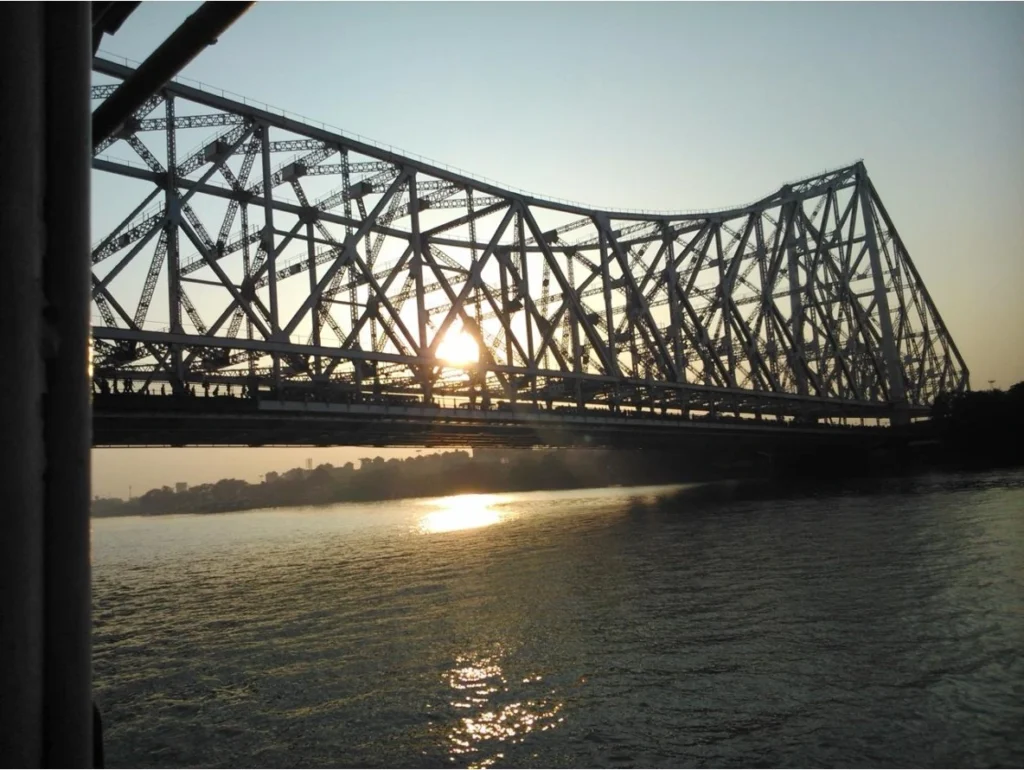

If you are visiting Kolkata for the first time, you are probably coming by train, as I did, and arriving at Howrah station. The sight that greets you is a teeming multitude, reminiscent of a Mrinal Sen film, and it overwhelms you. Now you encounter the serpentine queue for the taxi, and the argumentative ILa’pieres’sng forth in vociferous Bengali. Daunted by the sight of the immobile traffic you remember the unsolicited advice of your garrulous fellow passengers on the train and follow the signs and the bustling junta to the Ghats, to take the ferry across to the city proper. The bracing breeze and wide expanse of water revives you and you are ready to face the city of many epithets; Kipling’s ‘City of Dreadful Nights’, Rajiv Gandhi’s’ Dying City’, or La’pieres’s ‘City of Joy’.
The initial confusion with the cacophony of the crowds, the exasperating traffic, and the congested bewildering urban sprawl slowly gives way to its seductive charms. The bhadralok gentry, soft spoken and mild mannered as long as you did not oppose their favourite football Rabindrasangeetzil or Mohun Bagan, or political party, or dada as in Sourav, is a most helpful if rather voluble species, and will make you an honorary Calcatian. Of course, if you have learnt a few words of Bangla, and profess a liking for Bengali food, sweets and Rabindrasangeet, the city is yours.
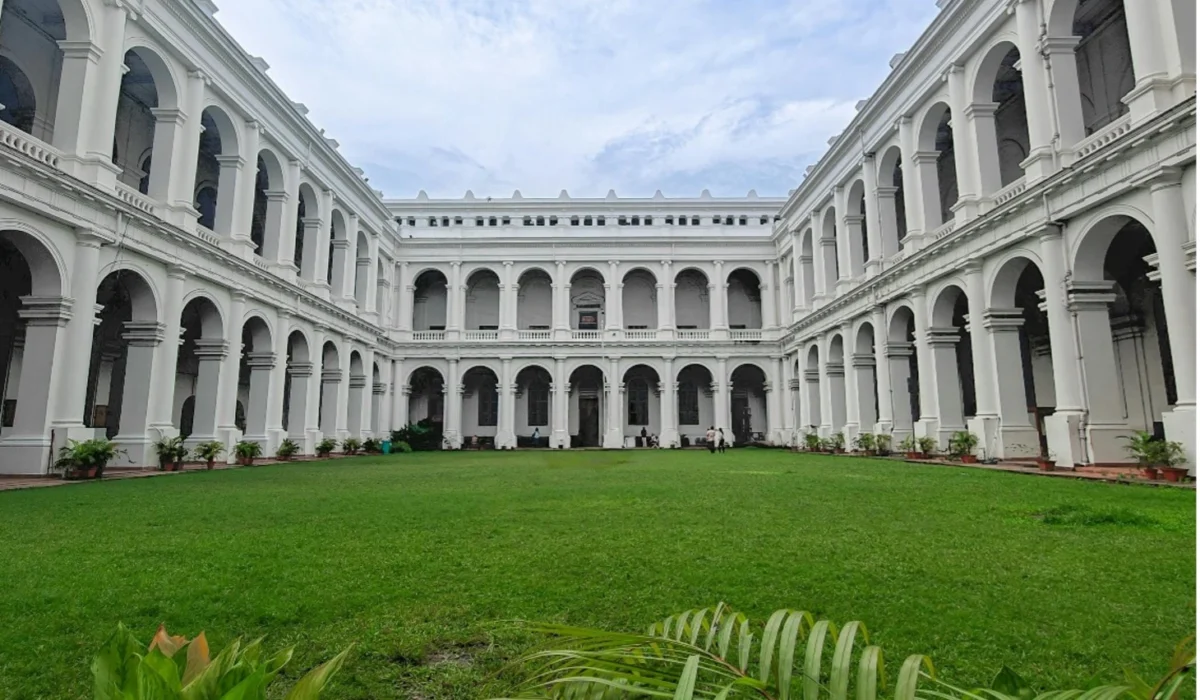
The theatre scene is fabulous, and tickets for class acts are dirt-cheap. DittKolkatansic scene, whether Bangla or Hindustani classical. The street food is cheaper than anything other than the MP’s canteen in the parliament, and it beats anything available anywhere in the country. Only Bangkok can compare in the variety and taste.
The office goer’s pubs in Dharmatala are budget- and people-friendly, and shared tables leads to bonding with all and sundry. There are peculiar treats to be had, like the Chinese breakfast bazaar at Dalhousie, exotic oriental cuisine in Chinatown, Burmese dhabas, Armenian churches, Buddhist pagodas and Jewish synagogues popping up in the most unexpected places. The crumbling imperial buildings of Dalhousie are architectural landmarks in sad disrepair, and the pseudo-Gothic married to opulent oriental palaces in North Kolkata seem funny, heroic and tragic at the same time. If cities could be compared to women, this is the impression I gather. Kolkata is the ageing courtesan, captivating in her youth, now sadly past, trying half-heartedly to hold on to her old glory, not quite succeeding, but barely concealing her heart of gold behind a faux haughty facade. And, you are madly in love with her.
This is why, Bengali or not, anyone who has lived in Kolkata for a while, becomes an honorary Kolkatan, and you can take him out of Kolkata, but cannot exorcise the Kolkata out of him.
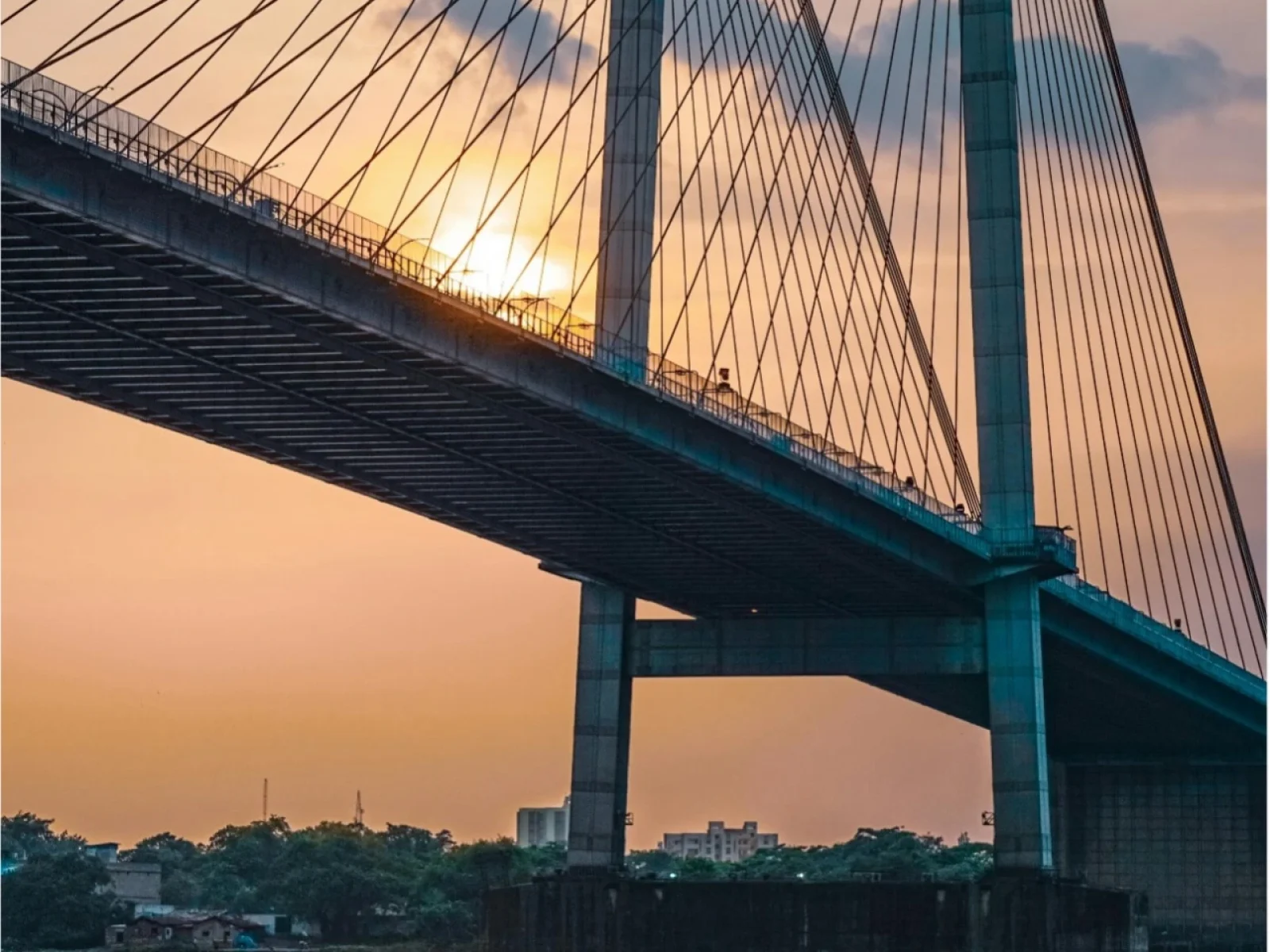
CALCUTTA CAMEO
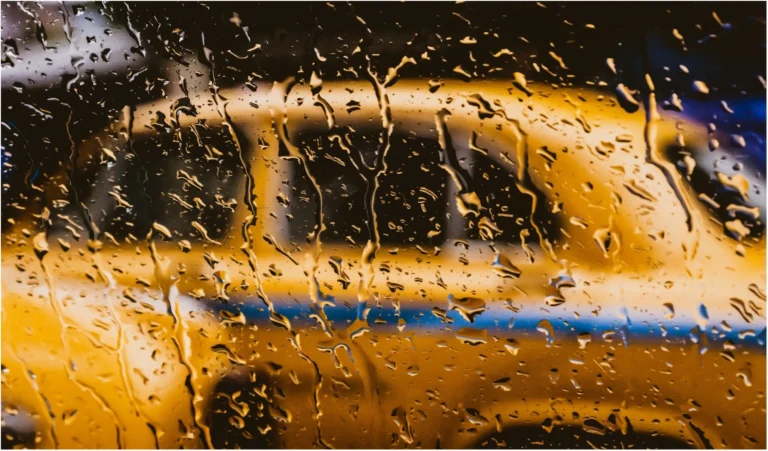
During a recent visit to my hometown—the city that defies definition, a couple of scenes, framed by the rattling windows of the city’s cacophonous local buses, stay frozen in my mind.
The first was outside a graffiti-covered public conveniences opposite a medical college, where the integrated easings of Hindus, Muslims, Sikhs and Isahis, aided by a mild shower, was inundating the cratered sidewalks. A series of strategically placed half bricks formed a bridge across this stream. A bevy of pretty young leftist student activists, saris delicately lifted with one hand, placards clutched in the other doubling as umbrellas, protecting their heads from the drizzle, balanced precariously while crossing this bridge all the while loudly heralding the death of American imperialism in sweet falsetto. On the way, the revolutionaries passed a nameless wayside shrine. In flagrant contempt of the indoctrinated instructions, the arms raised in slogan were brought down in genuflection, paying obeisance to the opium of the masses. The traffic jam eased. My bus moved on.
The second was the mouth of a micro narrow lane called Baker Street, leading off a busy thoroughfare. This lane was famed for its many ethnic eateries. The street was evenly paved with slime. A few feet from the entrance, on a ledge on a wall, a kebab joint did roaring business. A plastic sheet held up by a contraption of ropes, poles and bricks, protected the customer’s eye—but presumably not his nose—from a huge pile of festering garbage a few feet away. Numerous people stood in the slight drizzle devouring prawn cutlets and tangri kebabs on the lee side of this sheet. Right opposite a dimly lit signboard on top of a dull red doorway proclaimed: ‘Valentino’s Bar (air-conditioned)’. A two-foot-square space outside the door was paved with red tiles and was free from slime. A uniformed doorman stood passively by on one side. The graffiti covered walls on the sides were adorned by many posters, some torn and fluttering.
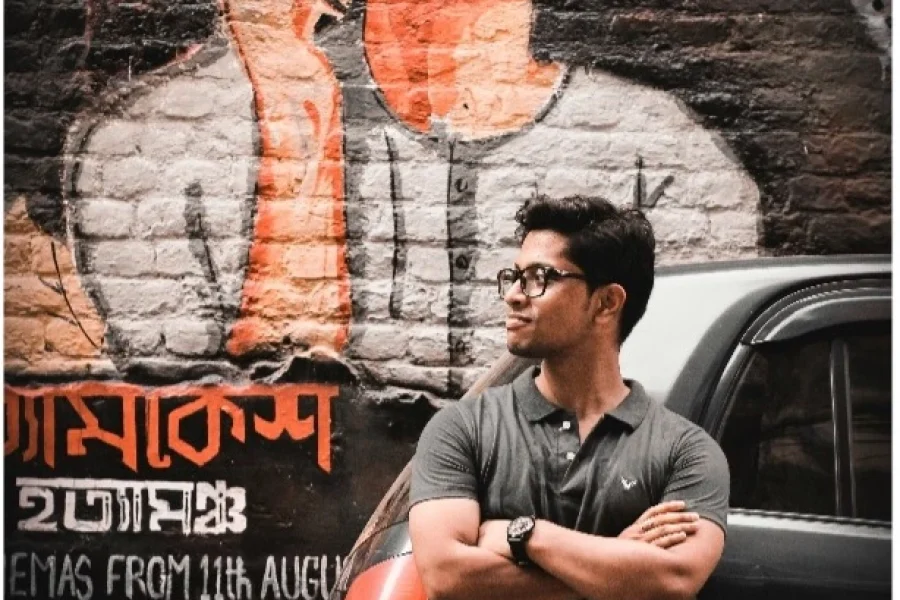
Prominent among them were two identical large posters, fairly new, advertising some sports magazine which displayed large attractive blow-ups of Steffi Graff. from a dream and tells us that Kolikata ache sei kolikata teig entranced at these. He next gave each poster in turn a smacking kiss and seemed entirely pleased with himself. My bus moved on, shifting the scene from my window. This was not a cliché from a pseudo-surrealistic film at Nandan (or Sakuntalam, as the case may be) but a frozen scene from the drama of Calcutta. This, it seemed to me, was the essence of the city we hate to love.
This piece was published by the Times of India in 1993. More than two decades later, Calcutta Cameo remains unchanged. It is a bit of a cultural curiosity fossilized in time. The posters of Steffi Graf are replaced by Sania Mirza, but nothing else has changed, Metro, Mamata, Buddha and Vivekananda Setu not with standing. As usual Rabindranath continues to be ‘relevant’ when he wakes up (or wakes us up?) from a dream and tells us that Kolikata ache sei kolikata tei!

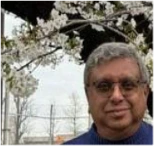
Soumya Mukherjee is an alumnus of St Stephen’s College and Delhi School of Economics, where he was supposed to have studied Economics. However, he did not let studies interfere with his education. He earns his daily bhat maach by working for a PSU insurance company, and lectures for peanuts. He is addicted to the printed word and has been devouring it since learning to read. In whatever time this leaves him, he pursues his other passions—family, friends, films, travel, food, trekking, wildlife, music, theatre and occasionally writing. He has been published in TOI, HT, Express, and other papers and magazines. He has also been learning how to blog for the tech-challenged. He currently lives in Mumbai with his wife, who hasn’t given up hopes of making something out of him. She continues to oversee his education, ably helped by their two daughters through correspondence, since they have long flown the nest. This is hopefully the first of his many books. To sample his other outpourings, try his blog at soumyamukherjee8.wordpress.com or Google Idyll Dreams of an Idle Fellow. His nom de plume is Wise Guy of the East. The illustrator, Parmita, is a budding artist currently studying at the Srishti School of Art, Design and Technology in Bangalore.
